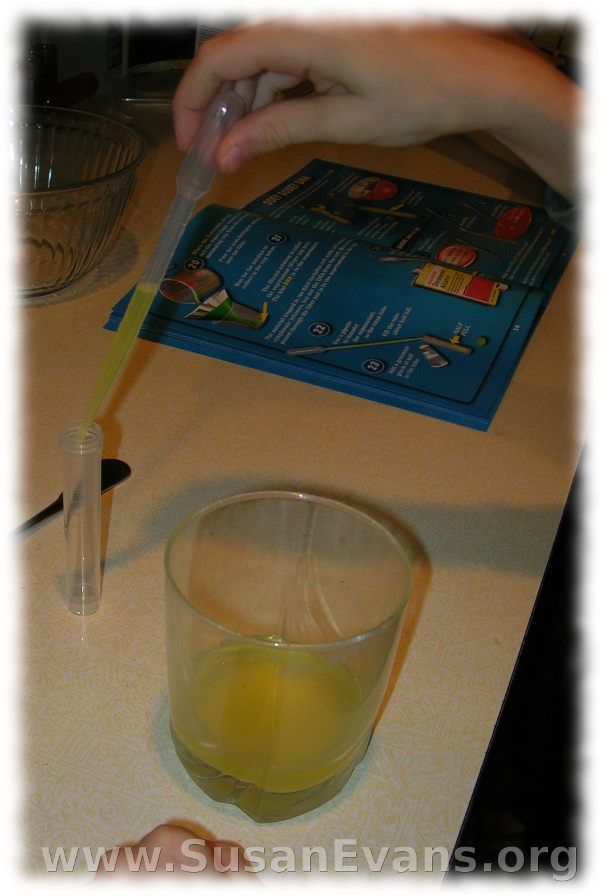Stargazing is a wonderful evening activity for your entire family. Try to go outside the city to adjust your eyes to the dark. The further away from the city lights you are, the better. Before you leave home, look up and make sure there are no clouds.
Take a sleeping bag to open up on the ground. A sleeping bag is better than a blanket because it’s waterproof on the outside, so if the ground is wet, it won’t soak through. A sleeping bag is also softer on the inside than most blankets. You will also want a flashlight with red cellophane taped over it, to look at a star chart. It takes a few minutes for your eyes to adjust to the dark, so turn off your headlights and don’t use any light except red light, which doesn’t affect your eyes.
Start by looking for the Big Dipper. The Big Dipper points to the North Star, and you can find all the other constellations from there. Orion is easy to pick out in the sky as well. Look for his belt first (the three lined-up stars), then his shoulders and legs. See how many constellations your kids can find.
You may want to borrow a telescope or some binoculars to see star clusters, nebulae, or planets. We have seen the moons on Jupiter and the rings on Saturn with our telescope. On nights with a full moon, we just focus on the craters of the moon, since the light of the moon makes it hard to see the stars, even if the night is clear.














